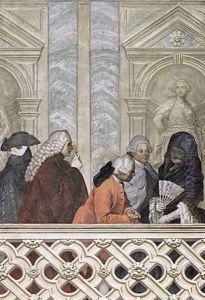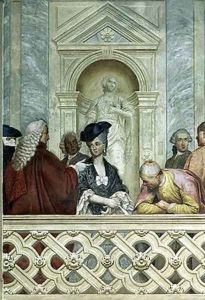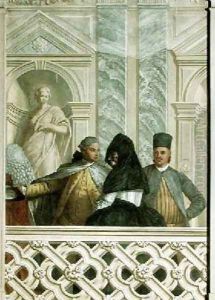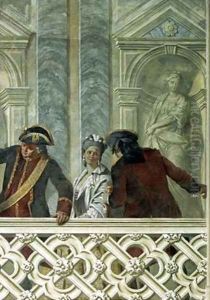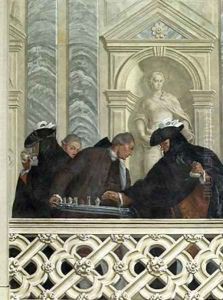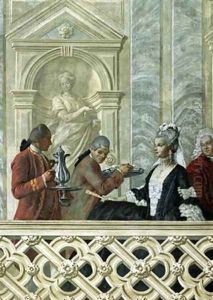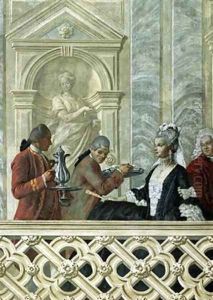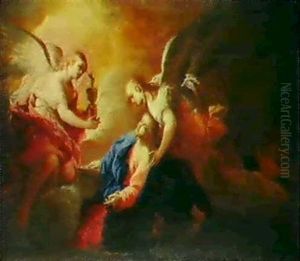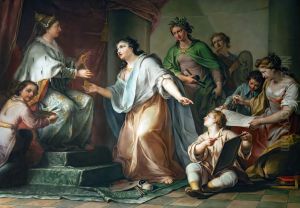Michelangelo Morlaiter Paintings
Michelangelo Morlaiter was an Italian sculptor who emerged as a prominent figure in the Rococo art movement, which is known for its elaborate ornamentation, intricate details, and light, graceful themes. Born in 1729 in Venice, Italy, Morlaiter was deeply influenced by the vibrant artistic atmosphere of his hometown, a leading center of art and culture during the 18th century. He trained under his father, Giovanni Maria Morlaiter, also a sculptor, which laid the foundation for his future in the arts. Michelangelo's work was characterized by its dynamic forms, expressive figures, and the delicate treatment of surfaces, which reflected the Rococo's fascination with beauty, love, and nature.
Throughout his career, Michelangelo Morlaiter produced a significant body of work that included religious and mythological themes, often executed for churches and aristocratic patrons. His sculptures are noted for their vivid expression and the sense of movement they convey, qualities that made them highly sought after during his lifetime. Among his notable works are the sculptures in the Church of San Stae in Venice, which showcase his mastery in creating figures that are both dramatic and tender.
Morlaiter was also known for his ability to work with various materials, though he showed a particular affinity for marble, which allowed him to fully express the sensuality and fluidity that are hallmarks of the Rococo style. His contribution to the decorative arts extends beyond sculpture to include work on altars, funerary monuments, and other ecclesiastical commissions, which further cemented his reputation in the Venetian art scene.
Despite his success, Michelangelo Morlaiter's work, like that of many Rococo artists, was later overshadowed by the Neoclassical movement, which favored a return to the simplicity and straight lines of classical antiquity. However, in recent years, there has been a renewed appreciation for the Rococo, and Morlaiter's oeuvre has been reevaluated for its technical mastery, emotional depth, and its contribution to the development of 18th-century European art. He passed away in 1805, leaving behind a legacy that continues to be celebrated for its elegance, expressiveness, and creativity.
